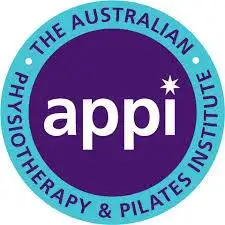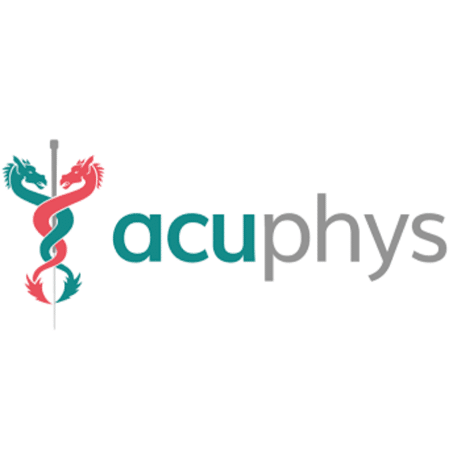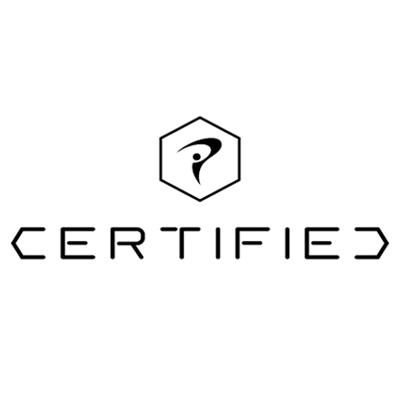Neck Pain Treatment
JL PhysioFit proudly provides expert injury rehabilitation and physiotherapy in Ponteland, North Newcastle, and the surrounding areas.
At JL PhysioFit, we follow a structured 4-step approach to help you recover quickly and confidently. We start by assessing your pain and identifying what’s driving it, then begin treatment using hands-on techniques to reduce pain, stiffness, and nerve tension. From there, we progressively build your strength and mobility so your body is more resilient and less likely to flare up again. Finally, we guide you on how to maintain your progress long-term, giving you a clear plan to stay pain-free and moving well.
What Our Clients Say
What is it?
Neck Pain (NP), just like low back pain is one of the most common conditions we treat here at JL PhysioFit.
Often it is the result of a build-up of pressure on the neck due to prolonged postures, stiffness and lack of strength and good quality exercise.
Left untreated, neck pain can really impact your day to day life.
How does it show up in your life?
You may struggle to work without pain in your neck or across your shoulders
Rotating the neck when driving is painful
Doing housework causes pain and discomfort
You may struggle to sleep due to pain
Looking up or down might be sore
You are always reaching for the next painkiller
Where you might feel pain?
Centrally in the neck or to one side
Referred pain down into the arm, shoulder blade or down your back
Referred pain up into your head
How it might feel?
Constant or intermittent pain (comes and goes).
Dull or aching
Sharp, shooting, stabbing or burning pain
Headaches
Why do I get Neck Pain?
Most episodes of Neck Pain come on due to a build-up of pressures that are placed on the structures of the neck (muscles, ligaments, joints, discs and nerves) over a prolonged period of time. Think about the example of sitting all day.
The body is incredibly resilient and will deal with the demands we place on it for long periods of time (months and years) with no problem, but eventually this pressure builds to be too much and we get a message (PAIN), telling us to do something about it.
Postural related neck pain is a great example of this. Typically, due to the way society and technology have developed, we have become a population that does a lot of sitting, which can put a lot of pressure on the neck (think about your head going forward when at the computer).
We wake up and sit at the table for breakfast, then we drive to work, where we sit at the desk for most of the day, before jumping in the car to drive home. We then sit at the table to eat, before retiring to the sofa to relax and finally going to bed where we most likely sleep on our side.
As you can see that’s a lot of sitting and bending forwards, and it is these prolonged postures that if we don’t do anything about, may end up causing pain.
We need to remember that our bodies are designed for movement. It is how we keep our muscles, joints, bones and mind both strong and healthy.
Common causes of Neck pain:
Joints
The joints of our back are amazing and allow us both stability (think about standing upright) and mobility (bending forwards, backwards, and rotating). In order for these joints to stay healthy and function well, they need to stay hydrated with nutrients, which they get through movement and a clever mechanism of pressure and release. This helps to draw the nutrients into the joint.
In order for these joints to stay healthy and function well, they need to be hydrated with nutrients and they get these through movement and a clever mechanism of pressure and release that helps to draw the nutrients into the joint.
When we sit for long periods, we just don’t get this, which can lead to joints becoming stiff, painful and inflamed.
Discs
We have discs that sit between each level of our spine and their role is to absorb and distribute load through the spine evenly to allow us to move efficiently. Think of them like a doughnut, only way stronger!
These discs have an inner centre that reacts in response to how we move. For example, if we look down at our feet, the inner centre of the disc moves backwards and then vice versa if we look up.
Over time, if we sustain postures such as sitting, the inner centre can begin to press on or break through the back wall of the disc, causing pain, inflammation and pressure on the nerve. Sometimes referred to as a slipped disc. When the nerve is irritated or compressed, we can experience pain in the back and down the leg, also known as sciatica.
Other Causes Of Neck Pain
How do we treat Neck Pain?
We use our 4-step system to assess and treat your neck pain as outlined below. This ensures you have the best possible chance of getting better and the problem not returning in future.
1) Assess
First we listen to you and take a detailed history of your neck pain. Then we assess your back, hips and lower legs using simple movement tests and screens.
We then explain your likely diagnosis and proposed treatment plan of exactly what we need to do to get you better.
2) Mobilise
Soft tissue massage and mobilisation
Joint mobilisation
Acupuncture and Dry Needling
Muscle Energy Techniques
Taping
Advice around lifestyle, posture and ergonomics.
3) Strengthen
Once pain has begun to settle and we are moving in the right direction, the emphasis shifts to helping you build the necessary strength and resilience of muscles and joints in order to get those long-lasting results. We work with you 1:1 in our dedicated rehab space and/or start you in our group PhysioFit Pilates classes.
4) Optimise
Note: Most people don’t need scans but if during the assessment or subsequent treatment sessions we decide your condition does need further investigation like an X-ray or MRI, we have the facilities to refer you privately if you wish. Usually, we can get this organised and have a result within 3-5 days.
How do I get started?
Like to speak to someone first?
No problem, please call the main desk and if needed we can have a physio call you back to discuss your specific situation.





